- Home
- Page
Web Design and Development

Web design and development involve creating and building websites to establish a strong online presence for businesses, organizations, or individuals. It encompasses various aspects of designing, coding, and implementing functional and visually appealing websites. Here are key elements of web design and development:

Design Concept
Web design starts with conceptualizing the website's overall look and feel. This involves selecting color schemes, typography, layout structures, and graphical elements to create a visually appealing and user-friendly interface.

User Experience (UX) Design
UX design focuses on creating a seamless and intuitive user experience. It involves designing navigation menus, interactive elements, and user flows to ensure easy navigation and engagement on the website.

Responsive Design
With the increasing use of mobile devices, responsive design is crucial. Websites should be optimized to provide an optimal viewing experience across various screen sizes and devices, ensuring accessibility and usability for all users.
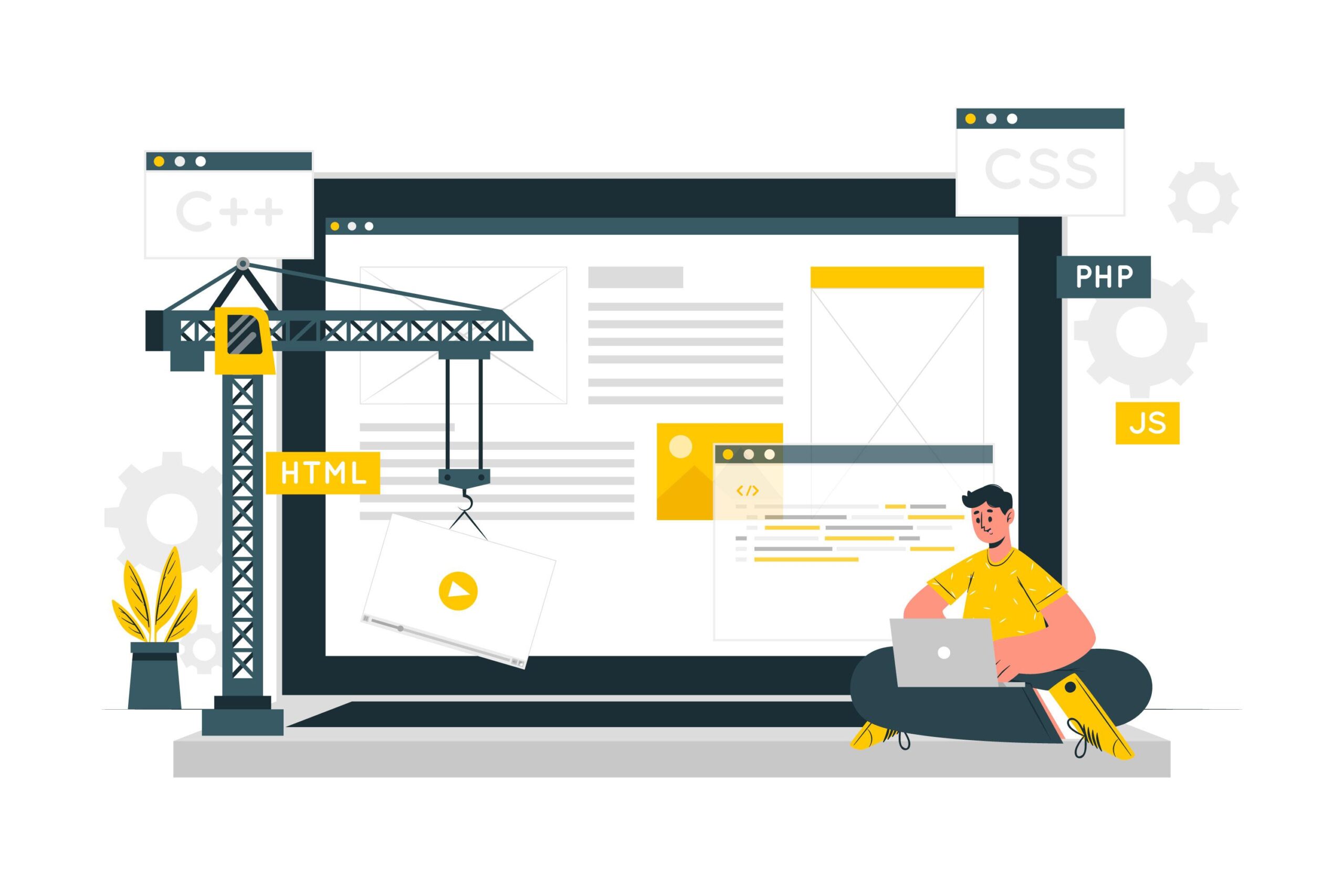
Front-End Development
Front-end development involves coding the visual and interactive elements of a website. It includes HTML, CSS, and JavaScript to create the structure, layout, and functionality of web pages.
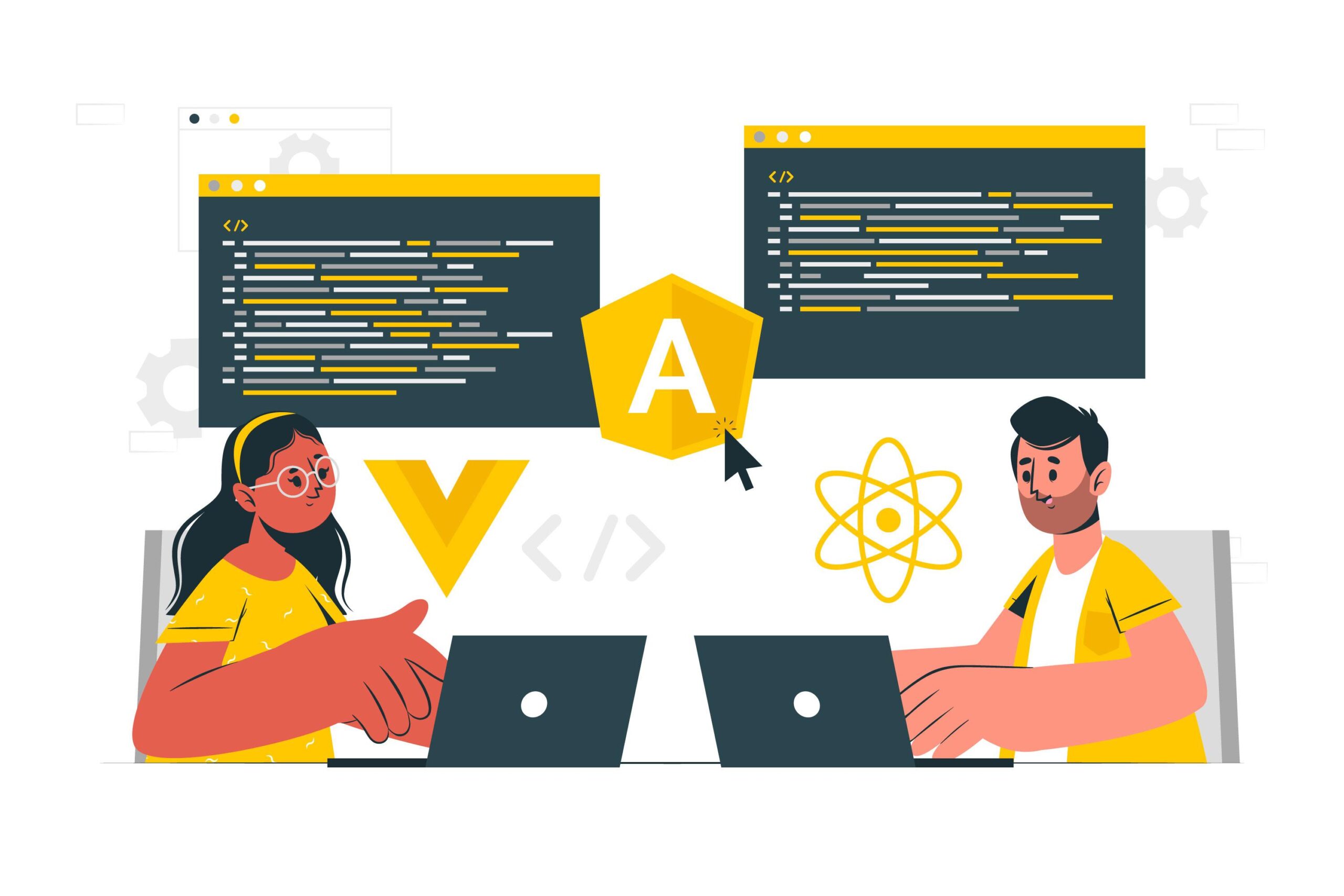
Back-End Development
Back-end development focuses on the server-side functionality of the website. It involves programming languages like PHP, Python, or Ruby and database management to handle data processing, user authentication, content management systems, and other dynamic functionalities.
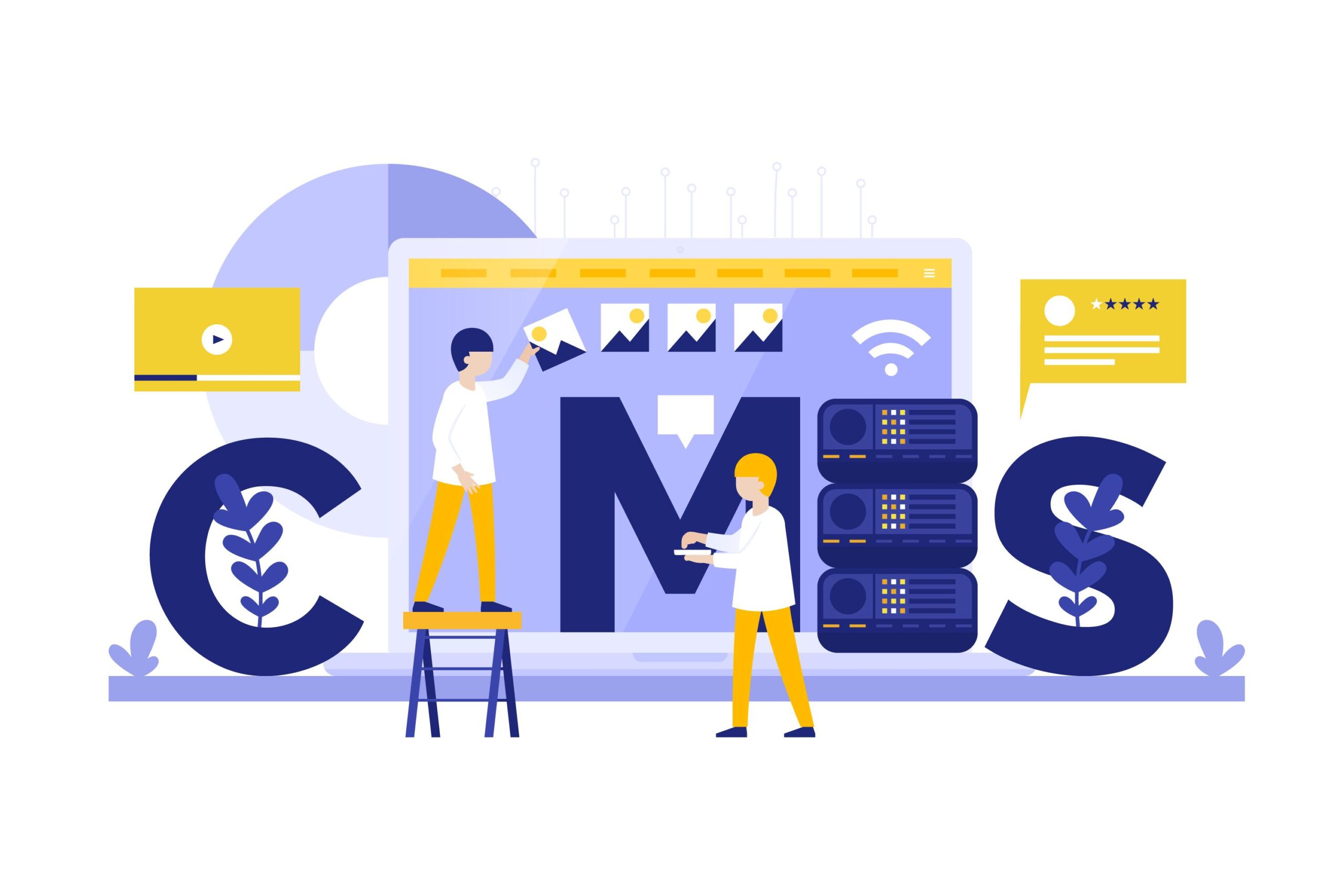
Content Management Systems (CMS)
CMS platforms like WordPress, Drupal, or Joomla provide an intuitive interface for managing website content without extensive coding knowledge. They allow easy updates, content publishing, and customization.
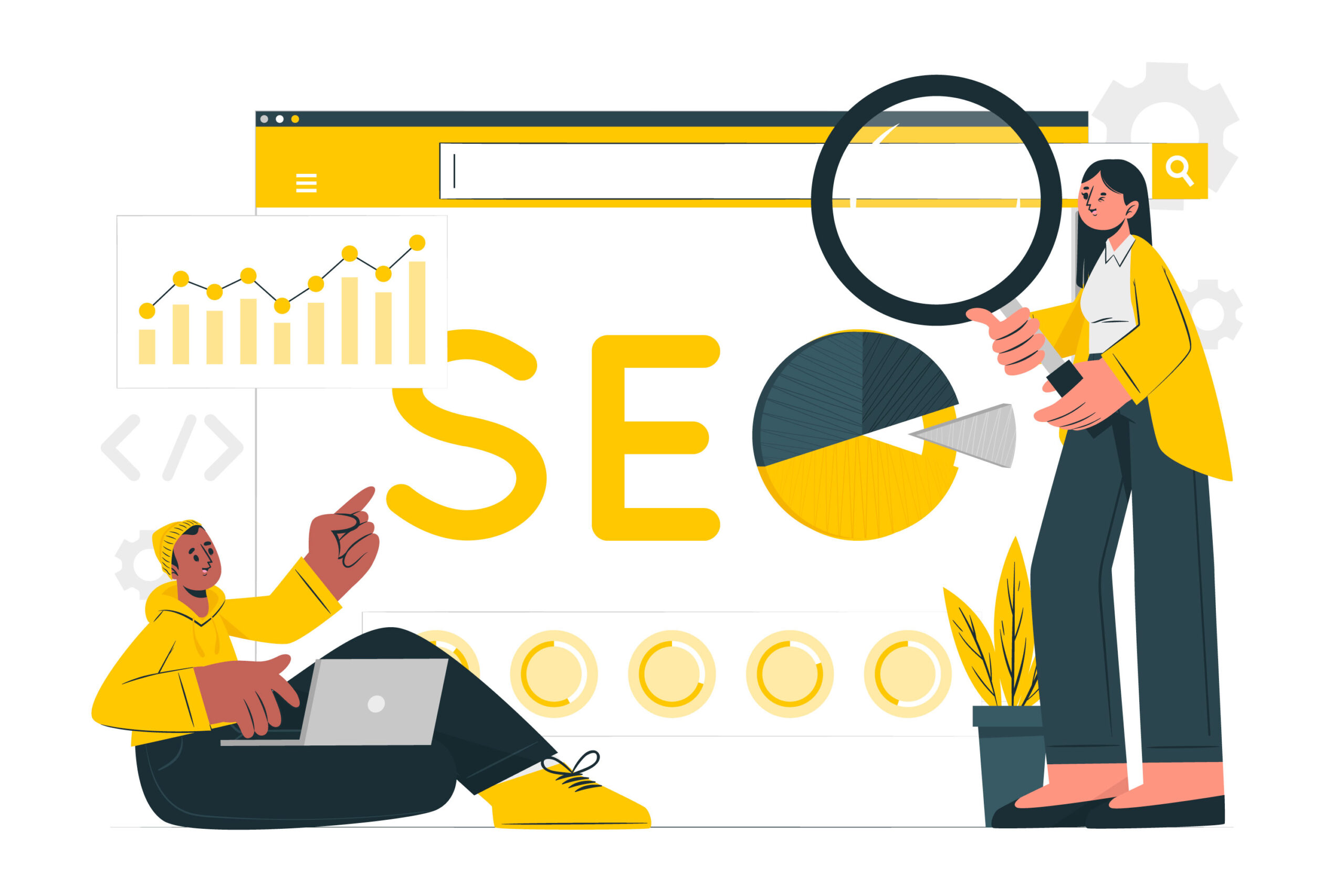
Search Engine Optimization (SEO)
SEO techniques are implemented during web development to improve the website's visibility in search engine rankings. This includes optimizing page titles, meta tags, URLs, and content structure to enhance organic traffic and reach a wider audience.
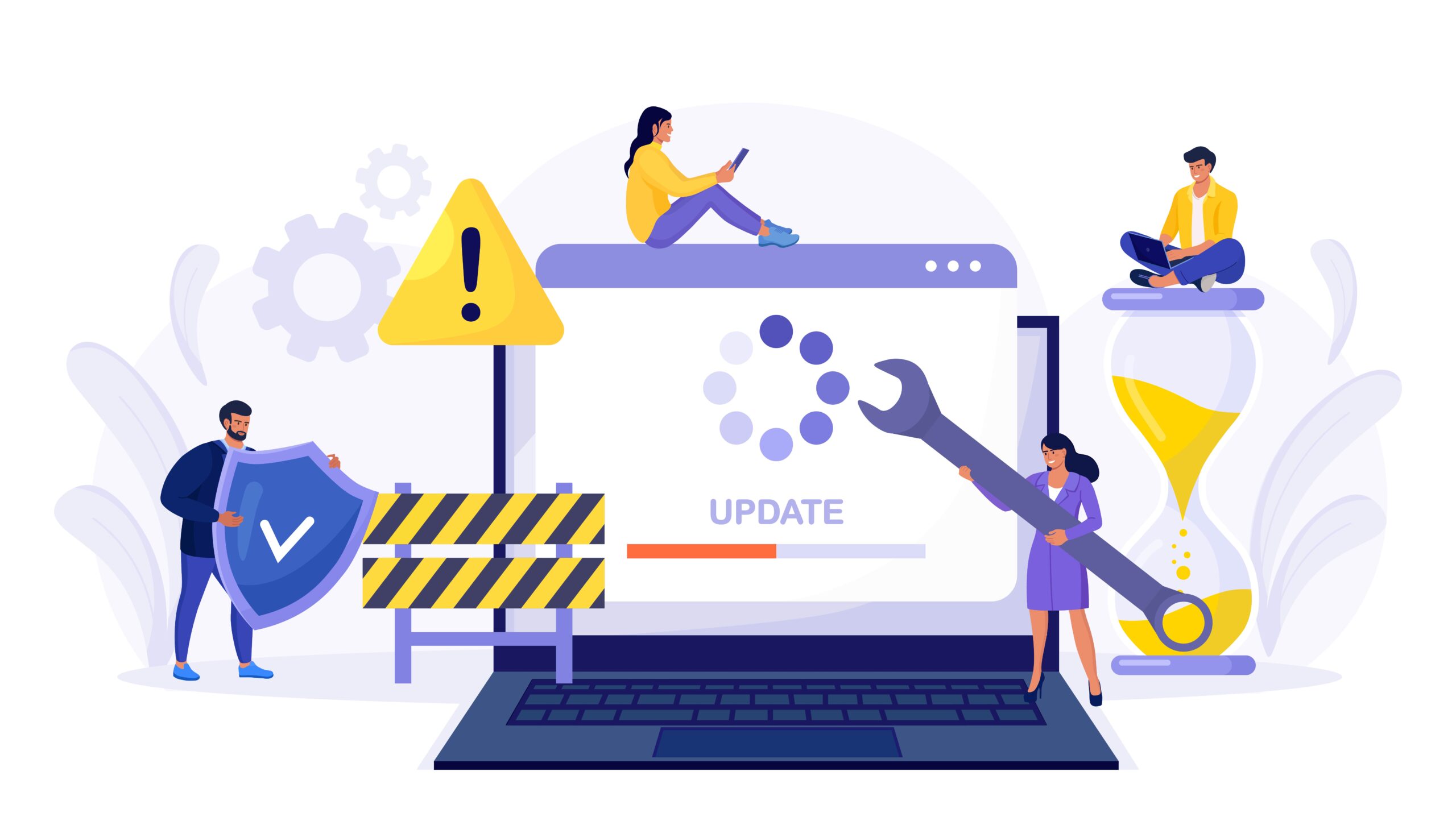
Website Maintenance and Security
Ongoing maintenance, updates, and security measures are necessary to keep the website secure, up-to-date, and protected against potential vulnerabilities or cyber threats. Effective web design and development can help businesses establish credibility, attract visitors, and achieve their online goals. It is important to collaborate with skilled web designers and developers who understand the latest trends, technologies, and user experience principles to create a website that meets the unique needs and objectives of the business.

Testing and Optimization
Rigorous testing is essential to ensure website functionality, performance, and compatibility across different browsers and devices. Regular updates, bug fixes, and optimization are carried out to improve user experience and website performance.
Web design and development involve creating and building websites to establish a strong online presence for businesses, organizations, or individuals. It encompasses various aspects of designing, coding, and implementing functional and visually appealing websites. Here are key elements of web design and development:
1. Design Concept: Web design starts with conceptualizing the website’s overall look and feel. This involves selecting color schemes, typography, layout structures, and graphical elements to create a visually appealing and user-friendly interface.
2. User Experience (UX) Design: UX design focuses on creating a seamless and intuitive user experience. It involves designing navigation menus, interactive elements, and user flows to ensure easy navigation and engagement on the website.
3. Responsive Design: With the increasing use of mobile devices, responsive design is crucial. Websites should be optimized to provide an optimal viewing experience across various screen sizes and devices, ensuring accessibility and usability for all users.
4. Front-End Development: Front-end development involves coding the visual and interactive elements of a website. It includes HTML, CSS, and JavaScript to create the structure, layout, and functionality of web pages.
5. Back-End Development: Back-end development focuses on the server-side functionality of the website. It involves programming languages like PHP, Python, or Ruby and database management to handle data processing, user authentication, content management systems, and other dynamic functionalities.
6. Content Management Systems (CMS): CMS platforms like WordPress, Drupal, or Joomla provide an intuitive interface for managing website content without extensive coding knowledge. They allow easy updates, content publishing, and customization.
7. Search Engine Optimization (SEO): SEO techniques are implemented during web development to improve the website’s visibility in search engine rankings. This includes optimizing page titles, meta tags, URLs, and content structure to enhance organic traffic and reach a wider audience.
8. Testing and Optimization: Rigorous testing is essential to ensure website functionality, performance, and compatibility across different browsers and devices. Regular updates, bug fixes, and optimization are carried out to improve user experience and website performance.
9. Website Maintenance and Security: Ongoing maintenance, updates, and security measures are necessary to keep the website secure, up-to-date, and protected against potential vulnerabilities or cyber threats.
Effective web design and development can help businesses establish credibility, attract visitors, and achieve their online goals. It is important to collaborate with skilled web designers and developers who understand the latest trends, technologies, and user experience principles to create a website that meets the unique needs and objectives of the business.
